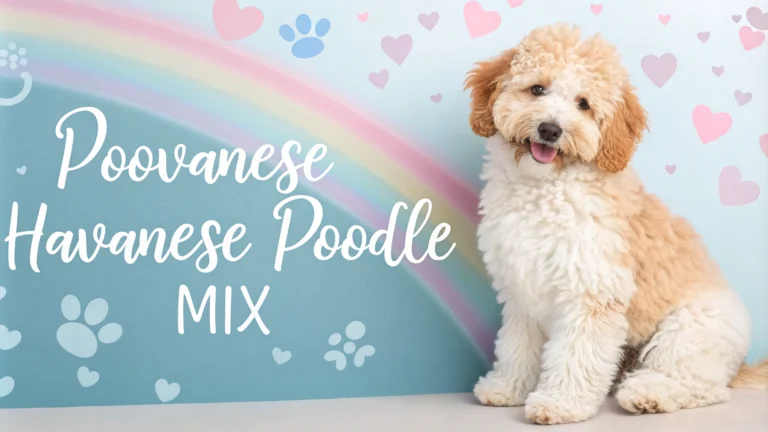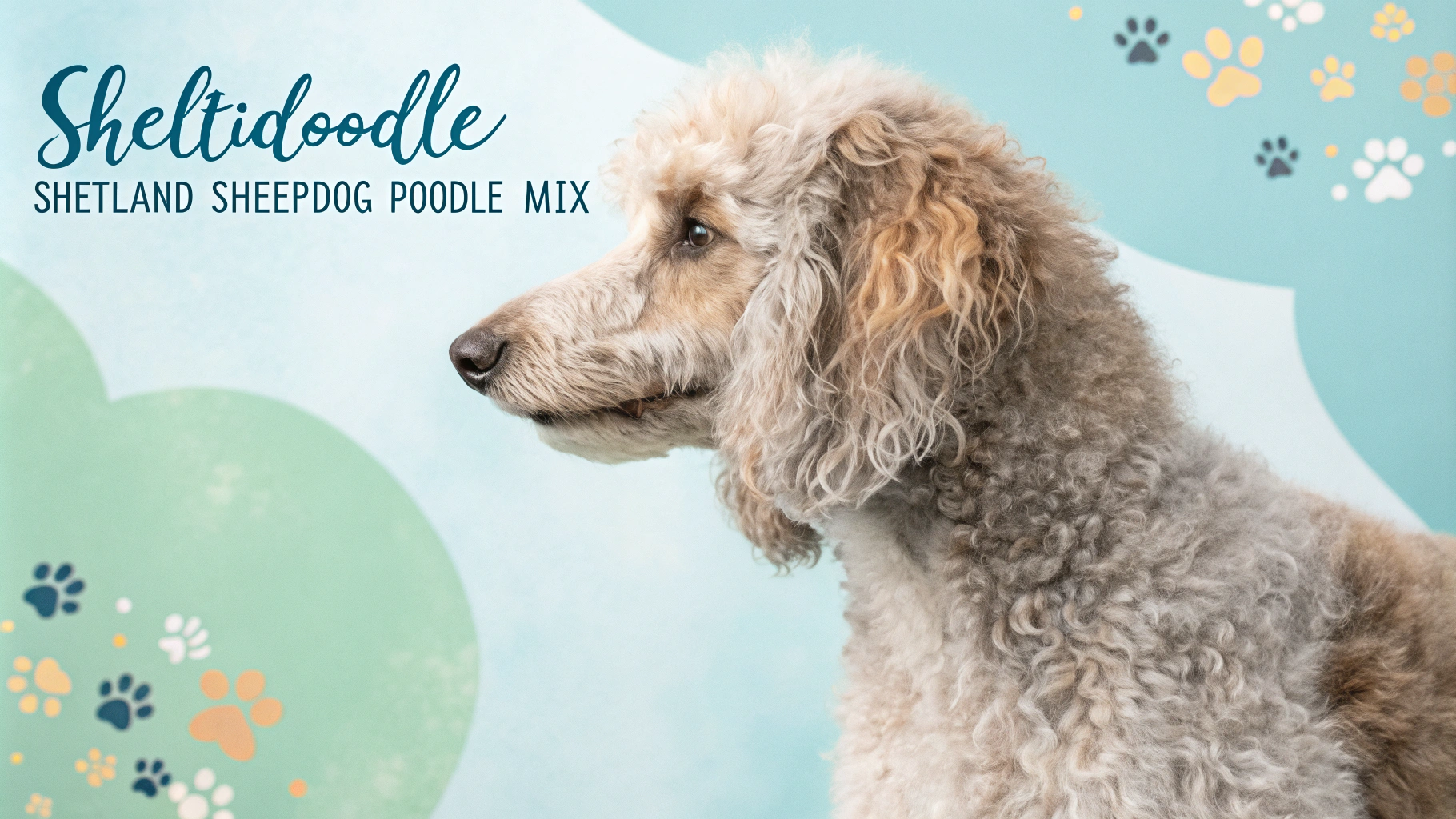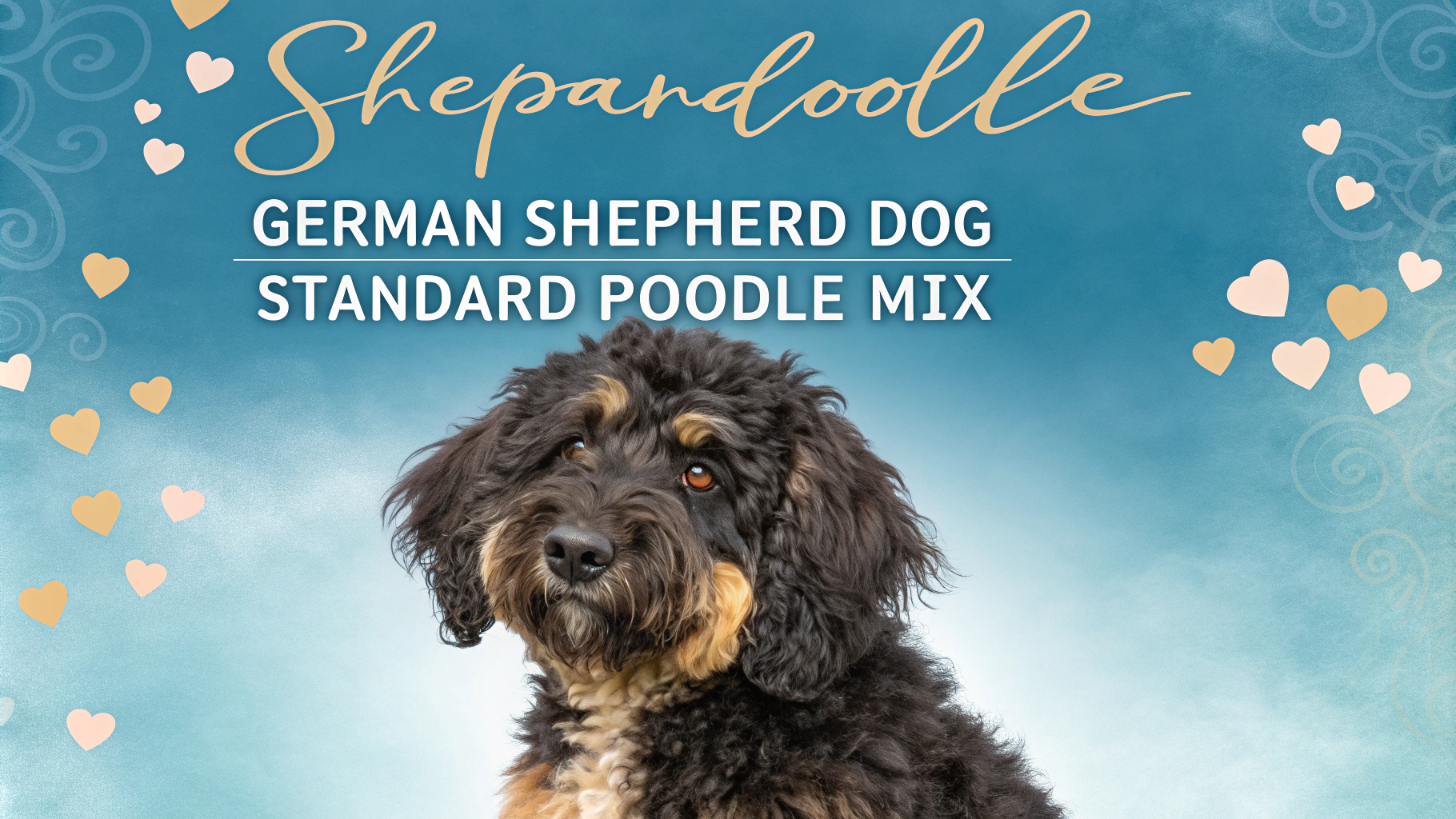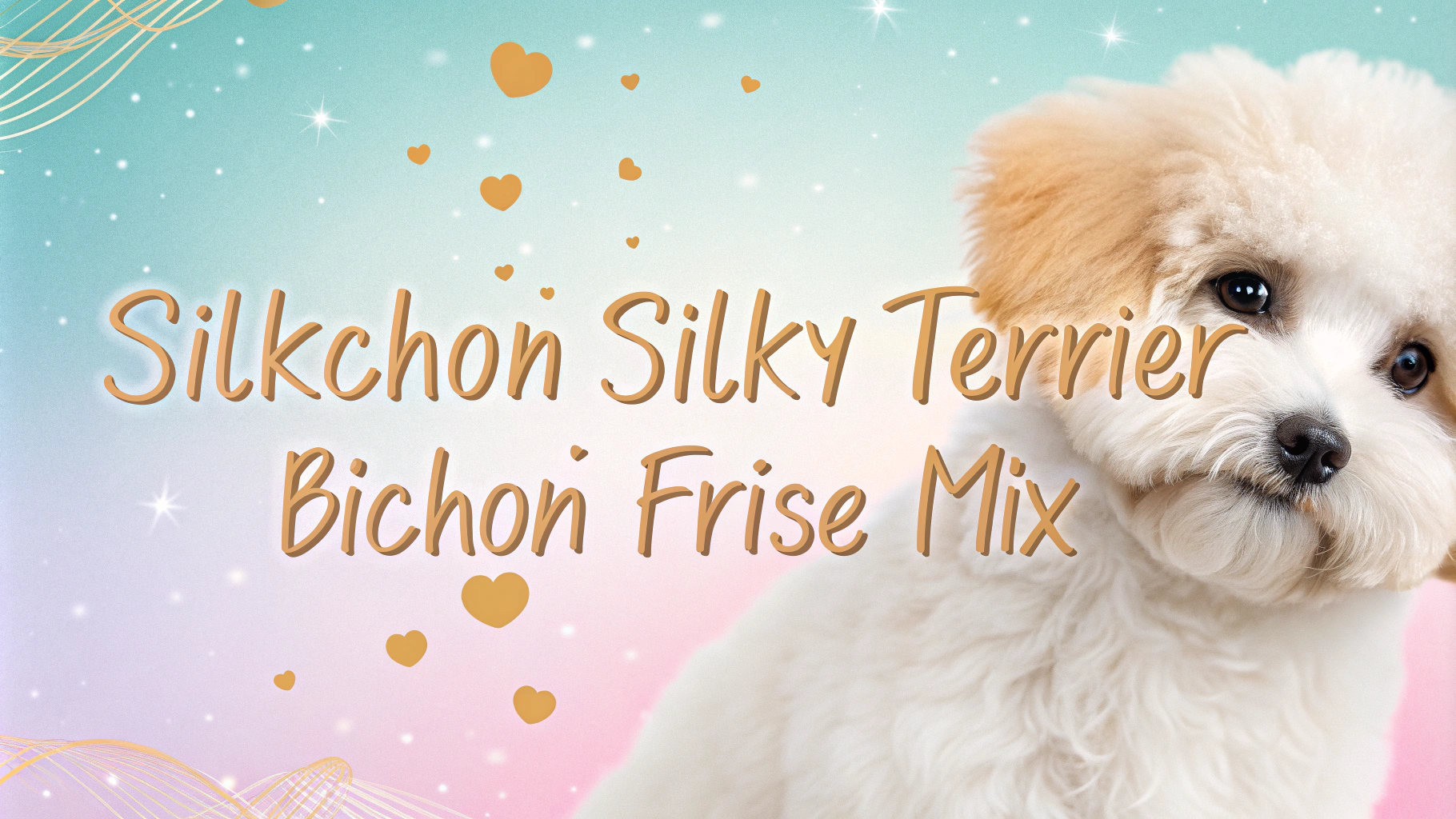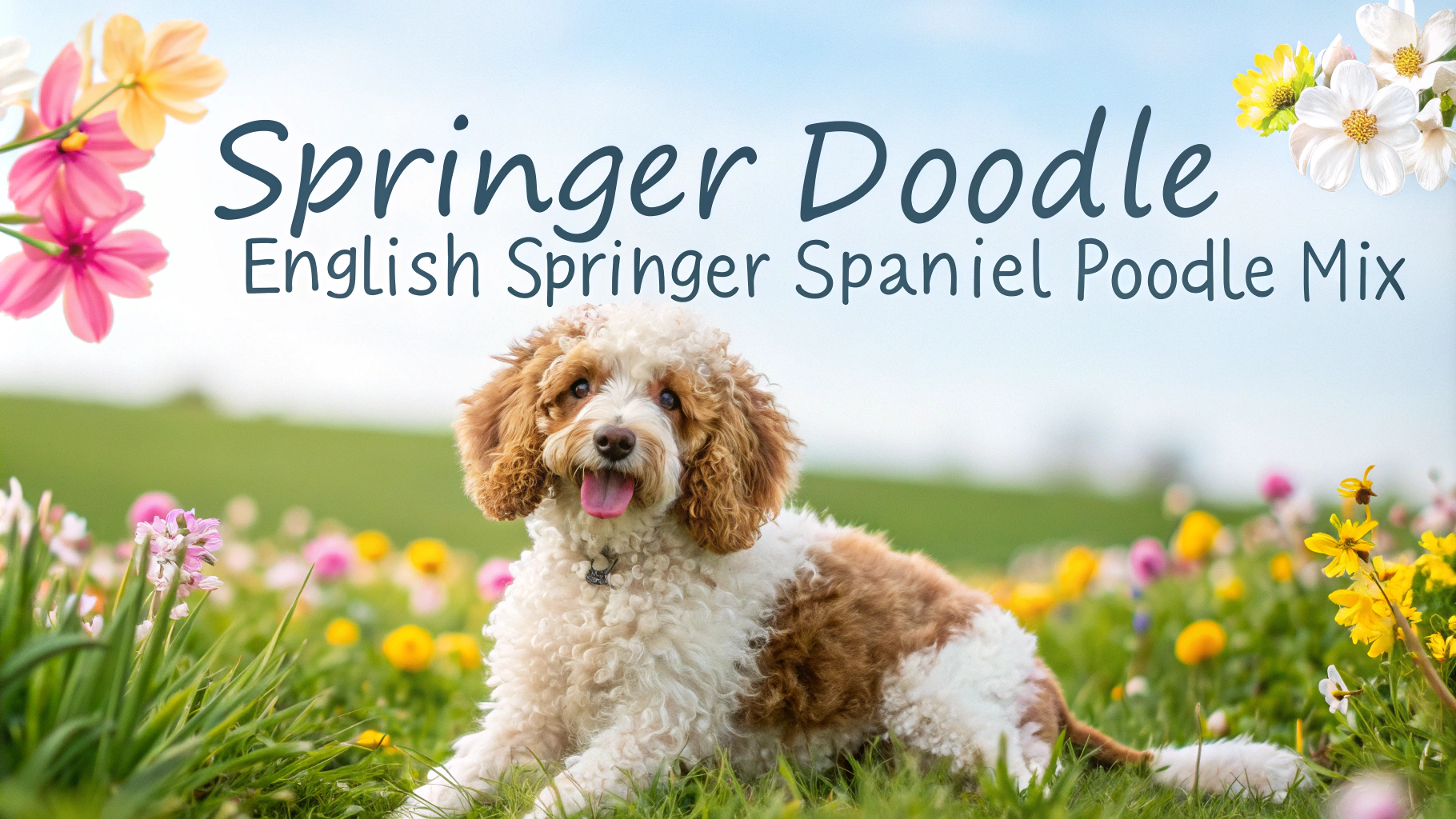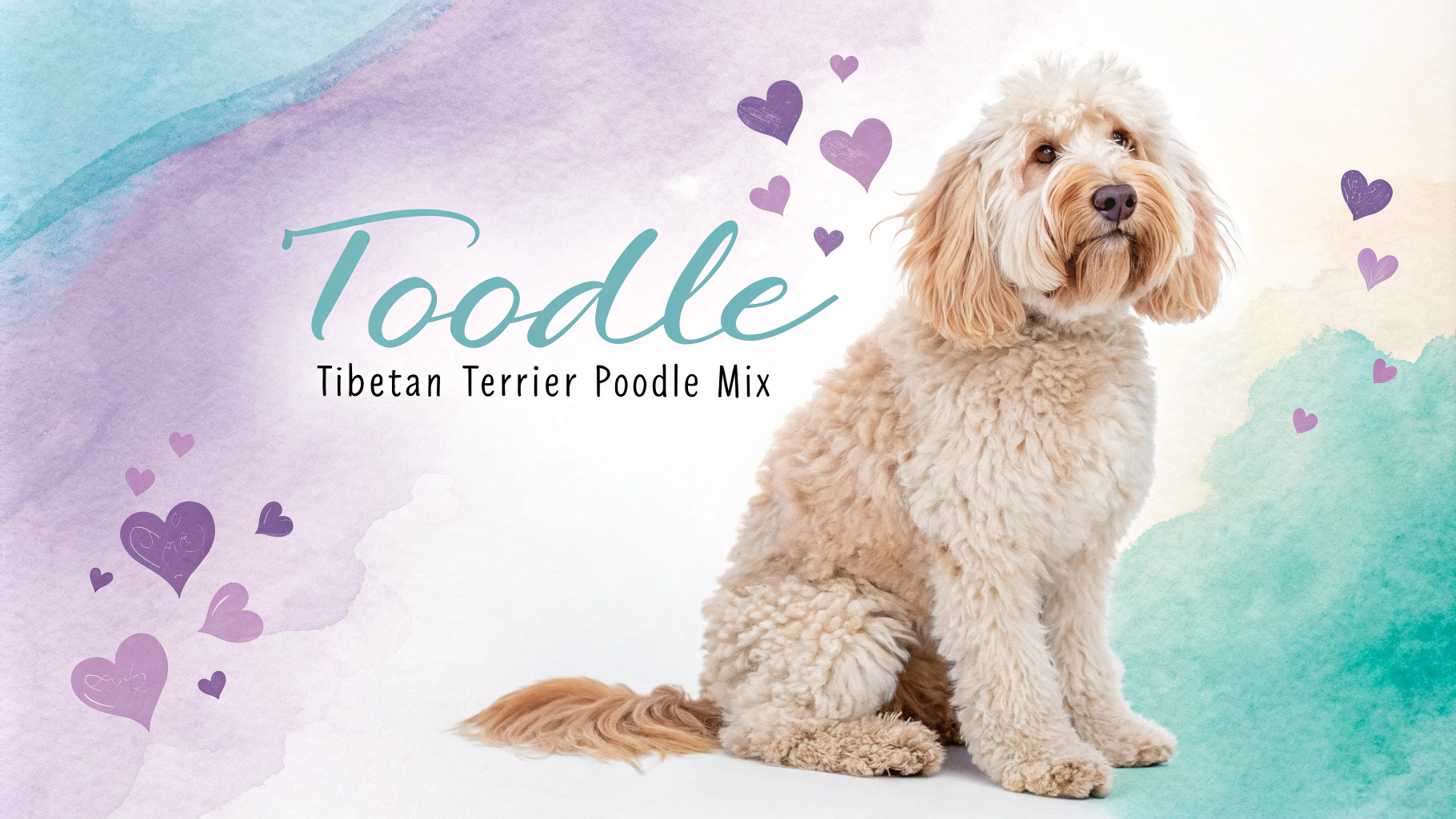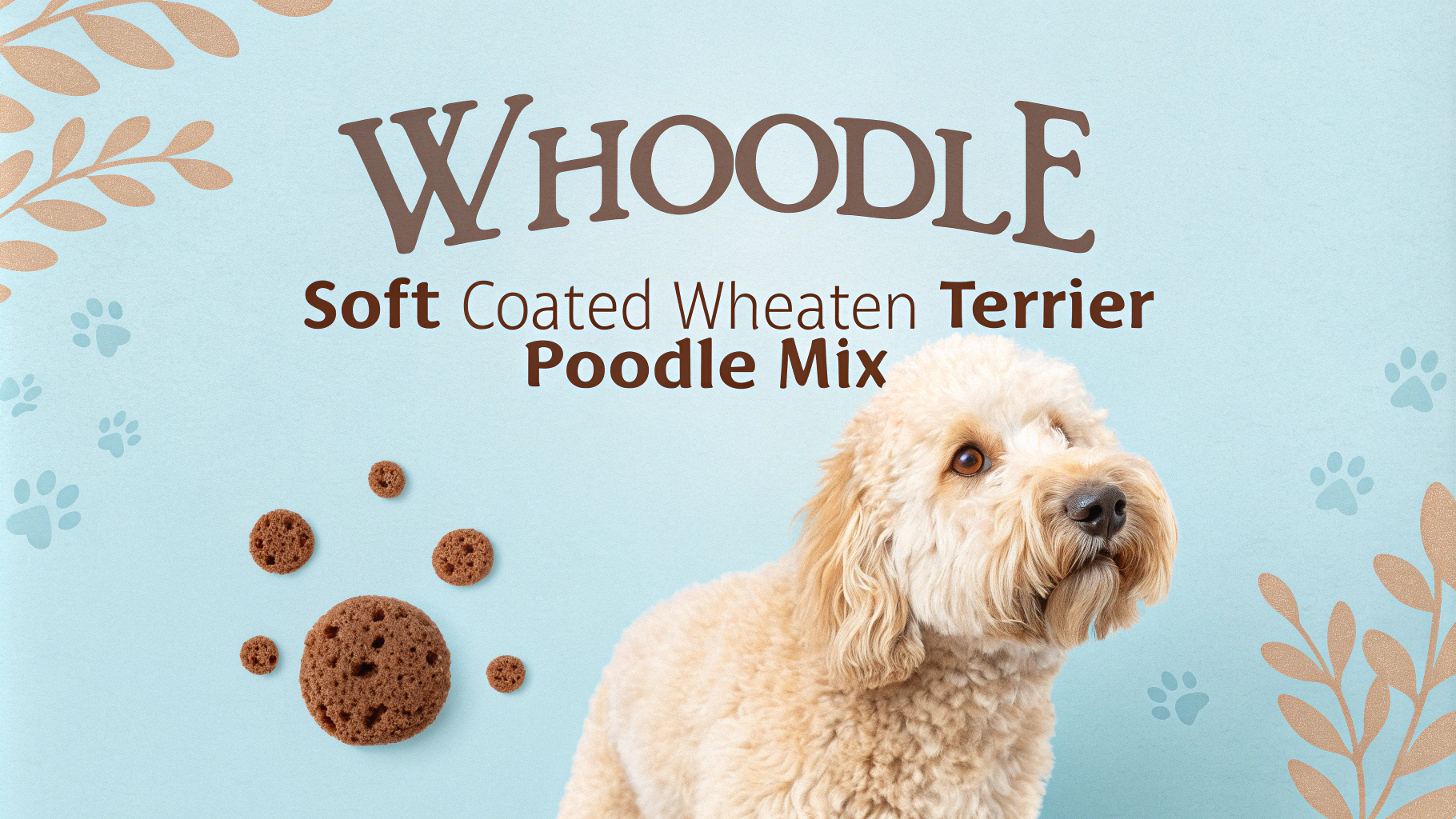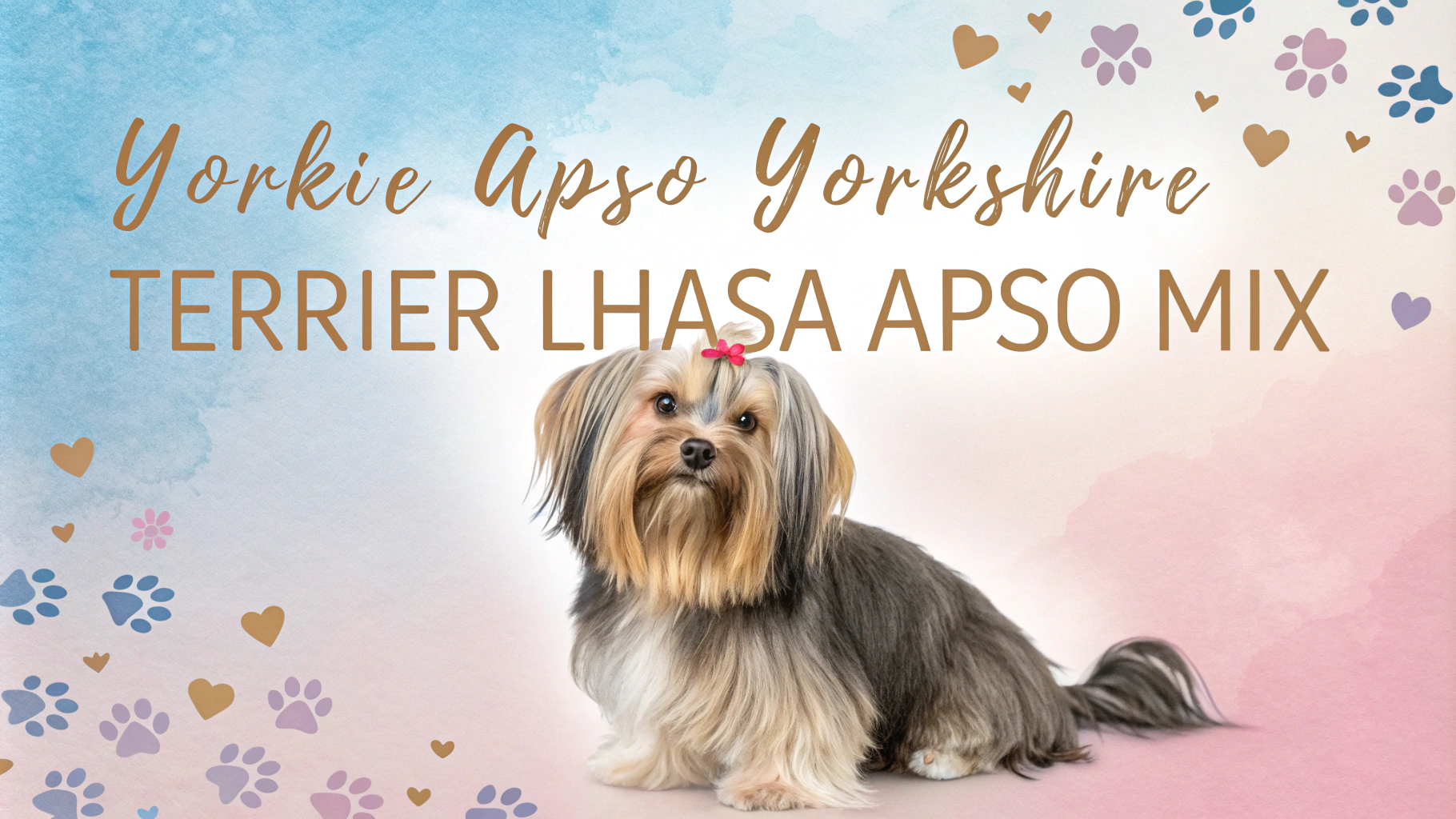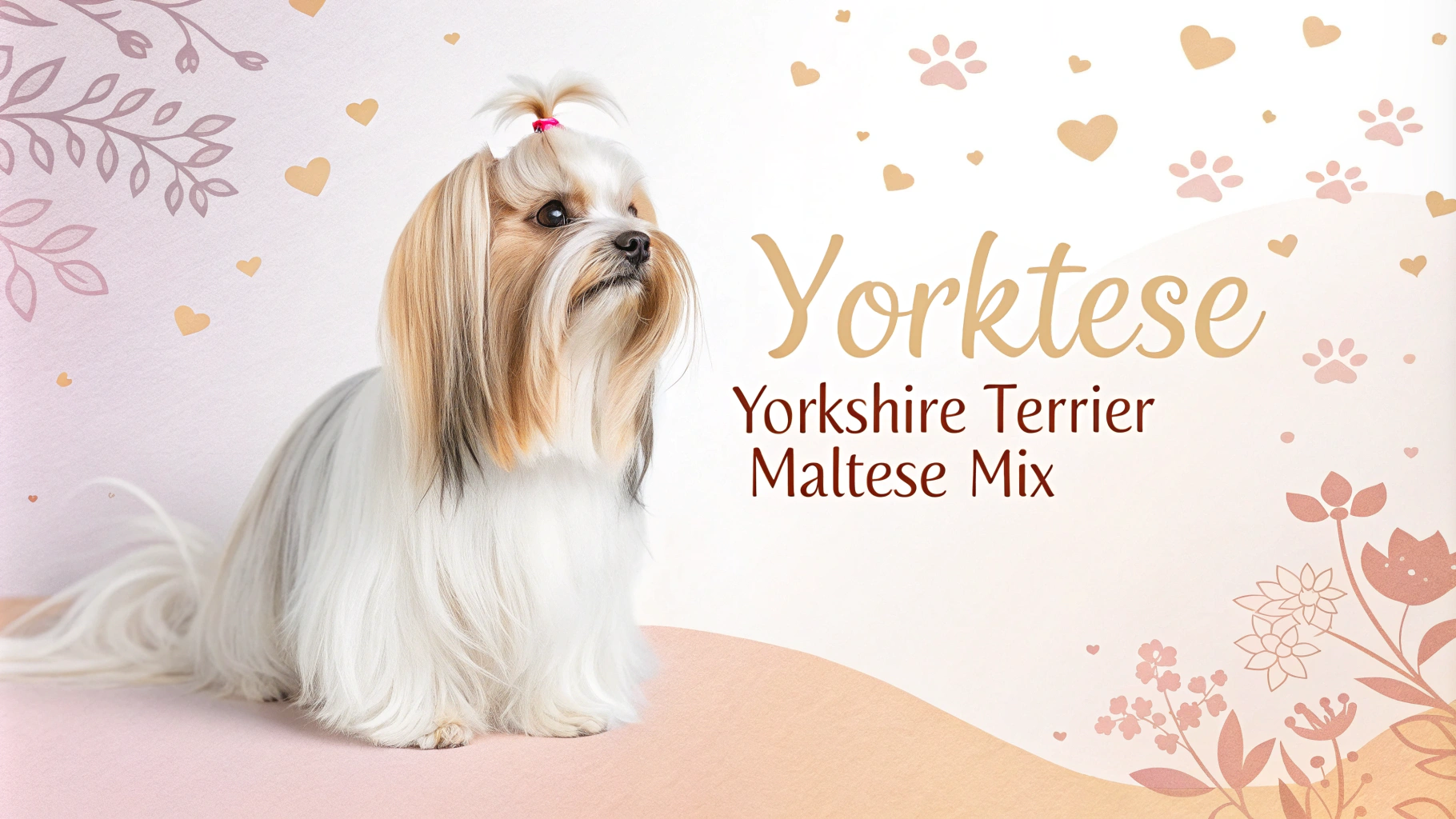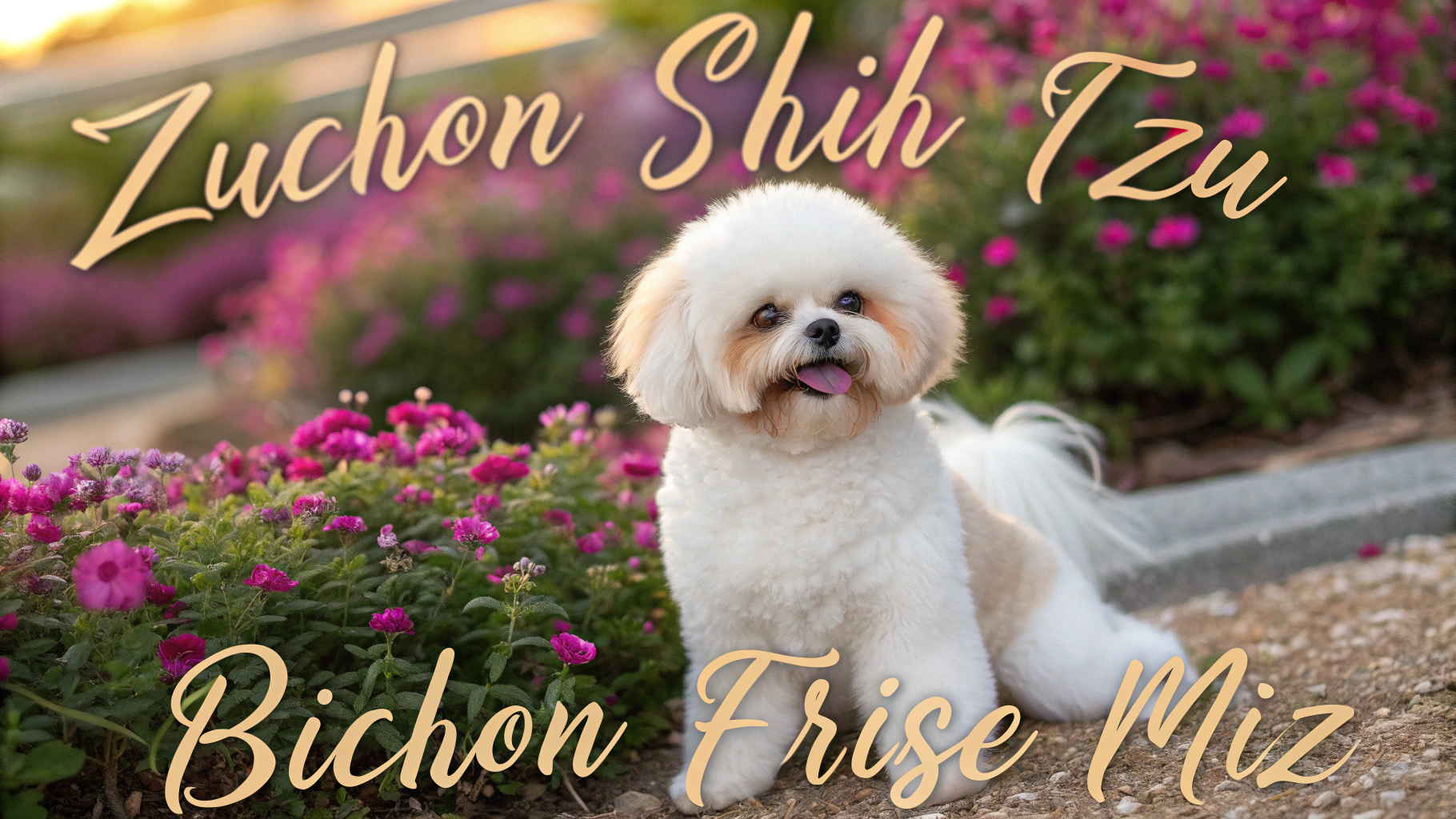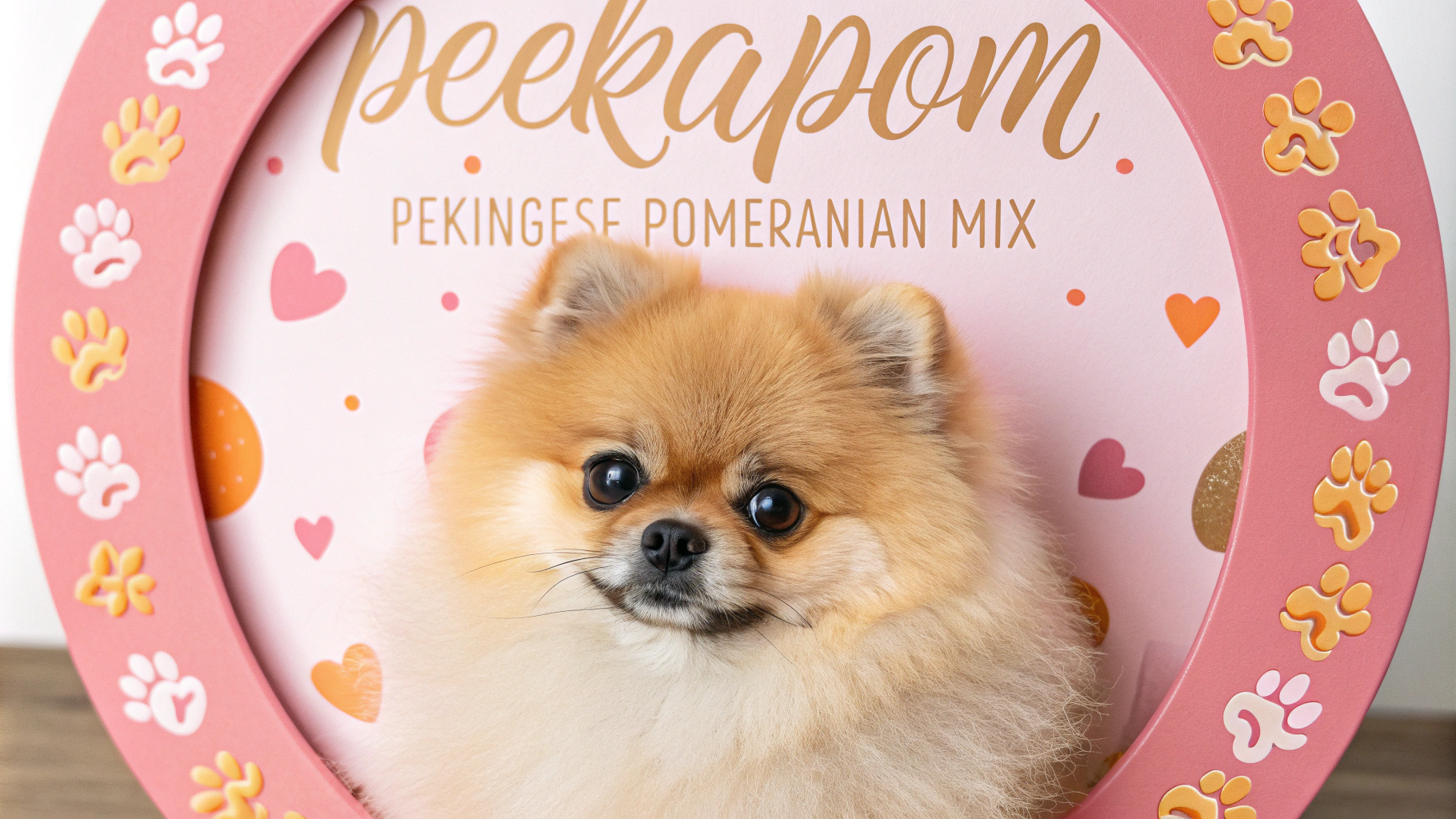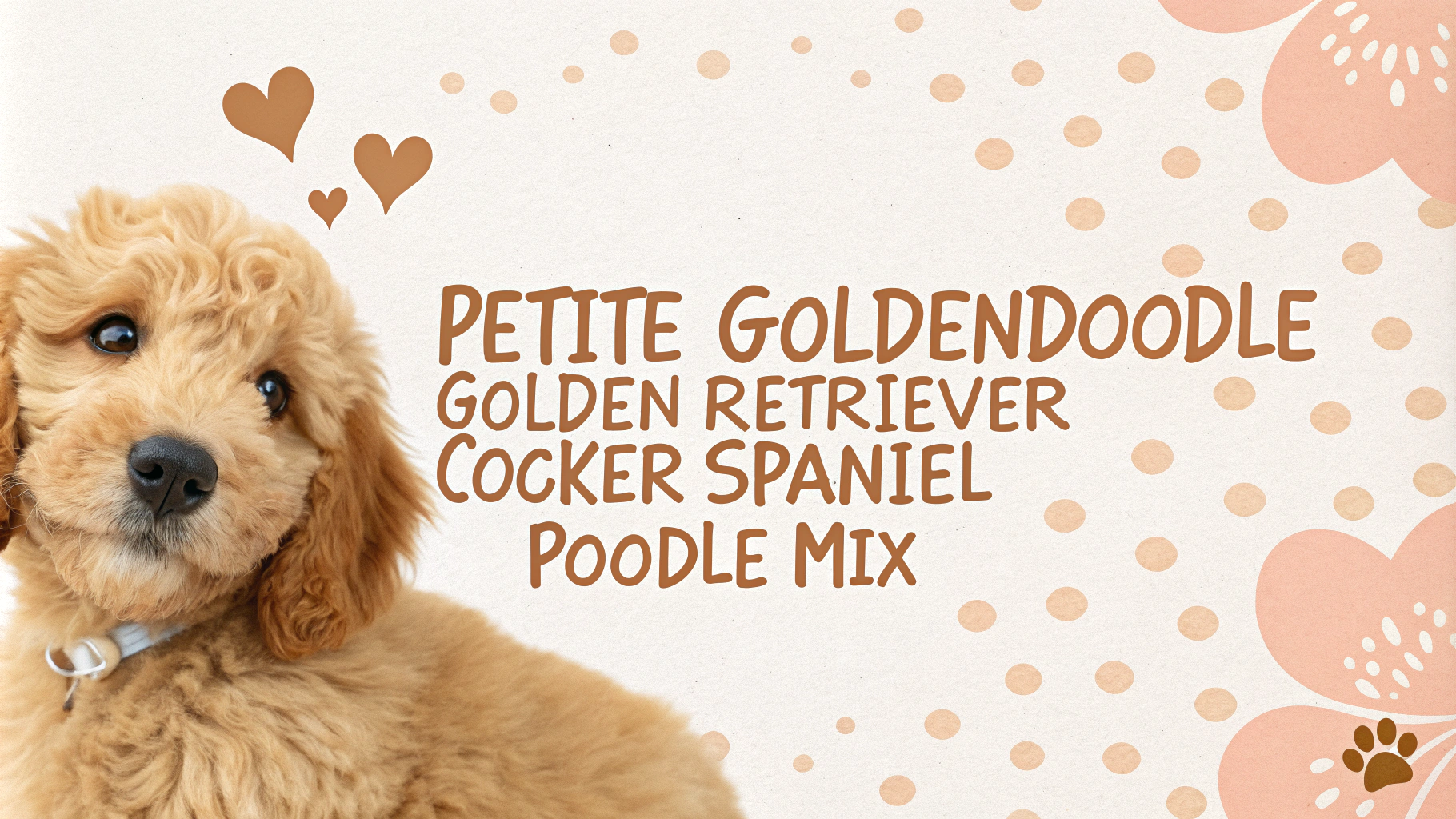The Poovanese is a designer dog breed that combines the Havanese and Poodle. This charming mixed breed inherits traits from both parent breeds, resulting in an intelligent, affectionate, and low-shedding companion. Poovanese dogs are typically small to medium in size, making them adaptable to various living situations. Their playful nature and devoted personality make them excellent family pets and suitable for first-time dog owners.
Key Facts
- Size: Small to medium (10-15 inches tall, 10-25 pounds)
- Lifespan: 12-15 years
- Coat: Soft, wavy to curly, low-shedding
- Colors: Various, including white, cream, black, brown, and parti-colored
- Temperament: Intelligent, affectionate, playful
- Exercise needs: Moderate
- Grooming: Regular brushing and professional grooming recommended
Character Traits
Poovanese dogs inherit a blend of personality traits from their Havanese and Poodle parents. They are typically intelligent, affectionate, and social creatures that thrive on human companionship. These dogs are known for their playful and energetic nature, often maintaining puppy-like behavior well into adulthood. Poovanese are generally good with children and other pets, making them excellent family dogs.
Their intelligence, combined with an eagerness to please, makes them highly trainable. However, they can also inherit a stubborn streak from the Havanese side, requiring patience and consistency in training. Poovanese dogs are often alert and make good watchdogs, although they are not typically aggressive. They have a tendency to form strong bonds with their families and may experience separation anxiety if left alone for extended periods.
These mixed breed dogs are known for their adaptable nature, able to thrive in various living situations from apartments to larger homes with yards. They are generally friendly with strangers but may be slightly reserved at first, warming up quickly once they feel comfortable. Their cheerful disposition and loving nature make them popular companions for individuals and families alike.
History & Origins
The Poovanese is a relatively new designer dog breed, likely originating in the late 20th or early 21st century when mixed breed dogs gained popularity. While the exact origins of the Poovanese are not well-documented, understanding the history of its parent breeds provides insight into this mixed breed’s background.
The Havanese, one parent breed, originated in Cuba and is descended from blanquito de la Habana (“little white dog of Havana”). These dogs were beloved companions of Cuban aristocracy and later gained popularity in Europe. The Poodle, the other parent breed, has a long history dating back to Germany and France, where they were initially bred as water retrievers. Poodles later became popular companion dogs and circus performers due to their intelligence and trainability.
The combination of these two breeds aims to create a dog with the Havanese’s affectionate nature and the Poodle’s intelligence and low-shedding coat. Poovanese dogs are not recognized by major kennel clubs as a standardized breed, but they are gaining popularity as companion animals. The mix is often sought after by those looking for a small, intelligent dog with a hypoallergenic coat, combining the best traits of both parent breeds.
Health Concerns
Poovanese dogs, like many mixed breeds, can inherit health issues from both parent breeds. Common concerns include:
- Eye problems: Such as cataracts, progressive retinal atrophy (PRA), and cherry eye
- Patellar luxation: A condition where the kneecap dislocates
- Hip dysplasia: An abnormal formation of the hip socket
- Legg-Calve-Perthes disease: A degenerative condition affecting the hip joint
- Allergies: Both skin and food allergies can be common
Regular veterinary check-ups, a balanced diet, and proper exercise can help mitigate some of these health risks. It’s also important to obtain your Poovanese from a reputable breeder who conducts health screenings on parent dogs.
Exercise Needs
Poovanese dogs have moderate exercise needs, reflecting a blend of the Havanese’s playful nature and the Poodle’s energy. They typically require:
- Daily walks: 30-60 minutes of walking or active playtime
- Mental stimulation: Puzzle toys, training sessions, and interactive games
- Playtime: Fetch, tug-of-war, or agility activities
While they enjoy exercise, Poovanese dogs are adaptable and can adjust to their owner’s lifestyle. They excel in various dog sports and activities, making them versatile companions for active families. Regular exercise helps prevent boredom and potential behavioral issues.
Space Requirements
Poovanese dogs are generally adaptable to various living situations due to their small to medium size. Their space requirements include:
- Indoor living: Suitable for apartments or houses, as long as they receive adequate exercise
- Outdoor space: A small yard or nearby park for play and exploration is beneficial but not essential
- Sleeping area: A comfortable bed or crate in a quiet part of the home
While they can adapt to smaller spaces, Poovanese dogs thrive on human companionship and should not be left alone for extended periods. They do well in homes where they can be close to their family members throughout the day.
Nutrition & Feeding
A balanced diet is crucial for the health and well-being of Poovanese dogs. Consider the following nutritional guidelines:
- High-quality dog food: Choose a brand appropriate for their size, age, and activity level
- Portion control: Monitor food intake to prevent obesity, which can exacerbate joint issues
- Feeding schedule: 2-3 small meals per day for adults, more frequent meals for puppies
- Fresh water: Always provide access to clean, fresh water
Consult with a veterinarian to determine the best diet plan for your individual Poovanese, as nutritional needs may vary based on factors such as age, weight, and health conditions. Some Poovanese may have food sensitivities, so watch for any adverse reactions when introducing new foods.
Grooming Tips
Poovanese dogs require regular grooming to maintain their coat and overall health. Their coat is typically a combination of the Havanese’s silky texture and the Poodle’s curly or wavy hair, which can be prone to matting if not properly cared for. Brush your Poovanese at least 2-3 times a week using a slicker brush or metal comb to remove tangles and prevent matting. Pay extra attention to areas prone to tangling, such as behind the ears, under the legs, and around the tail.
Regular bathing every 4-6 weeks is recommended, using a gentle dog shampoo suitable for their coat type. Trim their nails every 2-3 weeks or as needed, and clean their ears weekly to prevent infections. Professional grooming every 6-8 weeks can help maintain their coat in optimal condition and keep it at a manageable length. Some Poovanese owners opt for regular haircuts to reduce grooming time and maintain a neater appearance.
Don’t forget to brush your Poovanese’s teeth regularly, ideally daily, to prevent dental issues common in small dog breeds. Introduce grooming routines early in your puppy’s life to ensure they become comfortable with the process.
Training Approach
Poovanese dogs are generally intelligent and eager to please, thanks to their Poodle and Havanese parentage. This makes them relatively easy to train, but consistency and positive reinforcement are key. Start training early and use reward-based methods, such as treats, praise, and play, to motivate your Poovanese.
Socialization is crucial for this breed. Expose your Poovanese puppy to various people, animals, and environments from a young age to help them develop into well-adjusted adults. Focus on basic obedience commands like sit, stay, come, and leave it, which will help establish good behavior and strengthen your bond.
Poovanese dogs can be sensitive, so avoid harsh corrections or punishment-based training methods. Instead, use gentle guidance and patience. They often excel in agility, obedience, and trick training, which can provide mental stimulation and strengthen your relationship. Keep training sessions short (5-10 minutes) but frequent to maintain their interest and prevent boredom. Consistency among family members is important to avoid confusion and ensure successful training outcomes.
